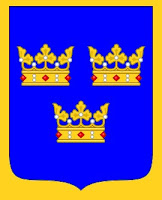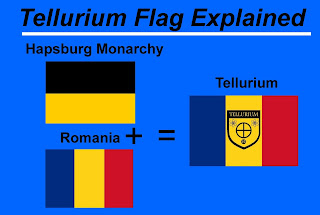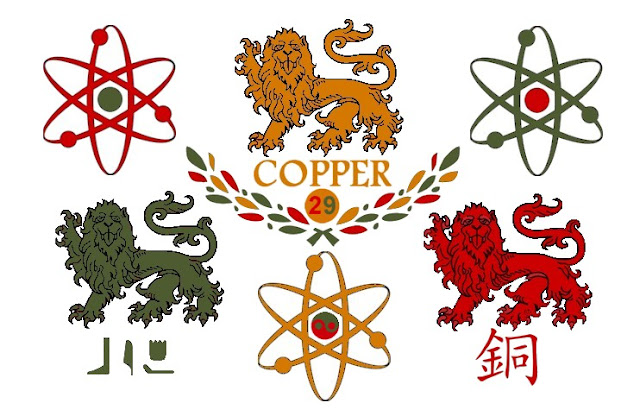The Fun Flag for Helium is based upon a combination of the English and French Flags. The English Red Cross takes center stage while the background colours of France are recessive. In the center is a shield with the symbol of the Sun which also acts as an element of Helium with two electrons.
Helion, or rather Helium, was first noticed as a separate element by a Frenchman in India, Jules Janssen, but it was an Englishman, Norman Lockyer, who first to gave it a name, and both events coincidentally by providence took place in 1868. Lockyer named this element after the Sun God from the Greeks, Helios.












